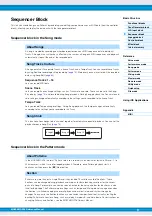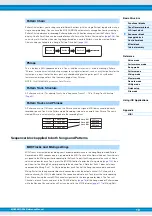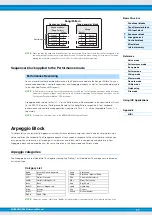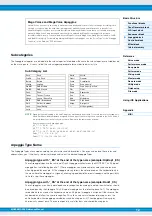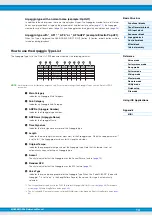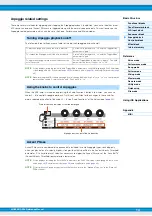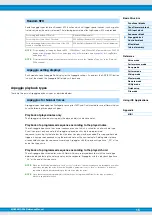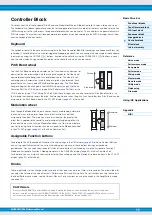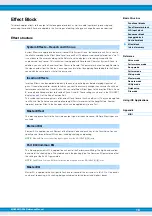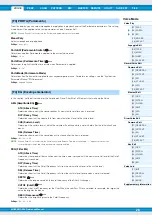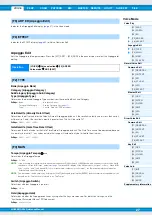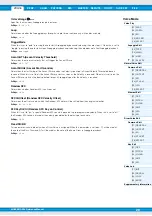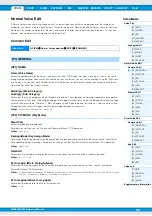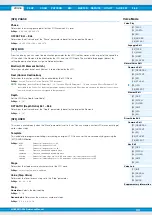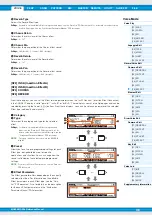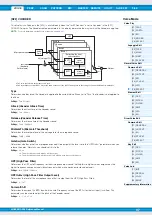
MOXF6/MOXF8 Reference Manual
23
Flash ROM
ROM (Read Only Memory) is memory designed specifically for reading out data, and as such data
cannot be written to it. Unlike conventional ROM, Flash ROM can be overwritten—allowing you to store
your own original data. The contents of Flash ROM are maintained even when the power is turned off.
DRAM
RAM (Random Access Memory) is memory designed specifically for data writing and data reading
operations. There are two different kinds of RAM, depending on the condition for storing the data: SRAM
(Static RAM) and DRAM (Dynamic RAM). The MOXF6/MOXF8 is equipped with only DRAM. Because
data contained in DRAM is lost when the power is turned off, you should always store any data residing
in DRAM to the Flash ROM or a USB flash memory before turning off the power.
Flash Memory Expansion Module (optional
FL512M/FL1024M)
The samples that you make can be stored as Waveforms by
installing the optional Flash Memory Expansion Module FL512M/
FL1024M to the MOXF. Samples on the Flash Memory Expansion
Module will be maintained even if the power is turned off and can
immediately be called up as Waveforms. This is convenient when
using a User Voice containing a Waveform.
NOTE
The optional FL512M/FL1024M can handle only Waveform data.
Edit buffer & User memory
The edit buffer is the memory location for edited data of these types: Voice, Performance, Master, Song
Mixing, and Pattern Mixing. Data edited in this location will be stored to the User Memory. In Voice/
Performance/Master/Mixing mode, the edit buffer is the memory location only for one program.
Therefore, if you select another Voice, Performance, Master, Song, or Pattern, the entire contents of the
edit buffer will be rewritten with the newly selected Voice/Performance/Mixing data. Make sure to store
any important data before selecting another Voice, etc. In Song/Pattern mode, the edit buffer for the
sequencer settings is the memory location for the entire programs of both modes (64 x 2). Therefore,
even if you select another mode (Song mode or Pattern mode) or another Song or Pattern, the
sequence data of old Songs/Patterns will be kept. Make sure to store the sequence data before turning
off the power, because the kept sequence data will be lost when the power is turned off. If you store the
sequence data, all Song data and all Pattern data including the Mixing settings will be stored to User
memory.
Edit buffer and Recall buffer
If you’ve selected another Voice/Performance/Song/Pattern without storing the one you were editing,
you can recall your original edits, since the edit buffer’s contents are stored on backup memory. If
you’ve selected another Voice/Performance/Song/Pattern without storing the one you were editing, you
can recall your original edits.
NOTE
Keep in mind that the recall buffer is not available in the Master Edit mode.

